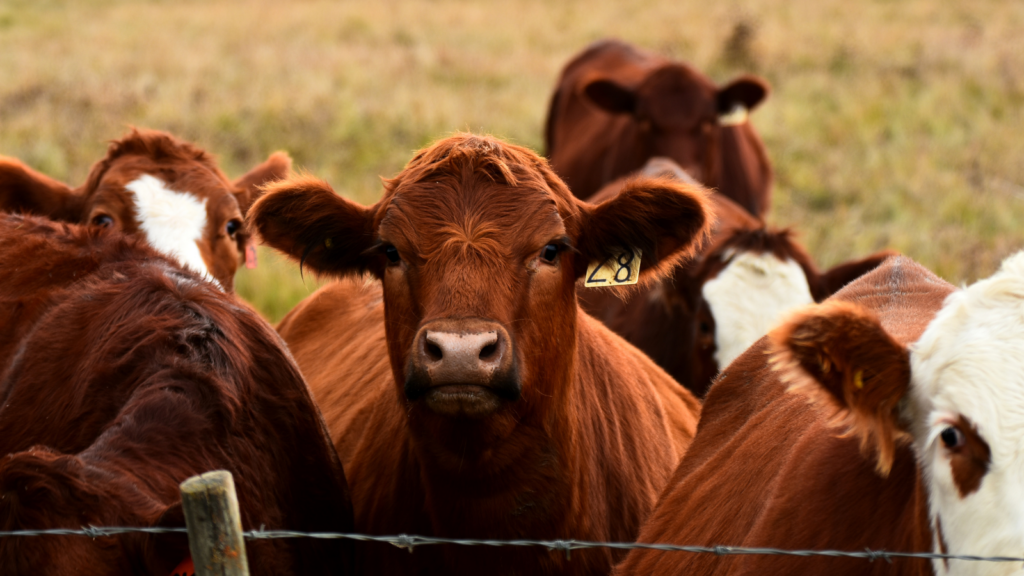University of Florida research showcases the benefits of small grains for the South East US.
Biomass added by triticale is beneficial to your crop and your herd. TriCal Superior Forage typically sees 20% more forage with triticale than conventional rye or oats.
Small Grains and Ryegrass
The small grains include oats (Avena sativa), rye (Secale cereale), and triticale (×Triticosecale). These are excellent winter forages that can be planted in sequence after sorghum or corn, to be ensiled, hayed, or grazed. Oats are probably the most popular small grain used for silage because of its high-quality forage, while rye is normally a choice for early chopping. Diseases such as rust and barley yellow dwarf virus frequently pose challenges to oats. Although rust-resistant varieties are available in the market, new strains of the fungus may make that resistance obsolete within a few years. Rye grows at lower temperatures than oats or wheat and may produce more forage than oats or triticale. However, rye is lower in quality because it produces more stems and fewer leaves. Triticale, a cross between durum wheat and rye, produces very good silage and is similar in quality to common wheat. Ryegrass is normally not recommended for silage in dairy systems, because it does not produce a lot of biomass until later in the season and does not fit in the planting window of corn. Nevertheless, it produces some outstanding forage.
Variety Selection
Variety selection for small grains is the most important factor for ensuring adequate productivity. A list of cool-season varieties tested and recommended for Florida is available in Ask IFAS publication SS-AGR-84 (https://edis.ifas.ufl.edu/aa266). This publication is updated annually and includes data from multiple states in the southeastern United States. Aspects to consider when selecting small grain species (or mixture of species) are variety, maturity, and disease resistance. Normally, opting for one species simplifies planting and harvesting procedures, especially because wilting time for varieties is different. Mixtures, however, can be beneficial to reduce insect and disease problems (dilution), enhance productivity, and extend the grazing season. When planting mixes for silage, it is advised to select materials of similar maturity. Generally, rye matures earlier than triticale and oat, but there are large differences within species given different varieties bred for different purposes. More information on maturity and disease resistance is available on our recommendation list.
